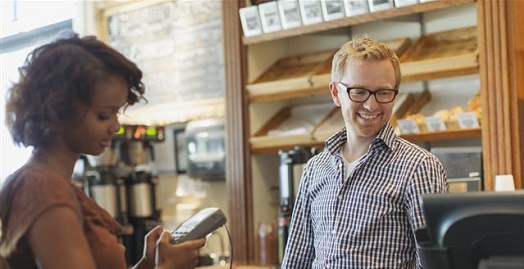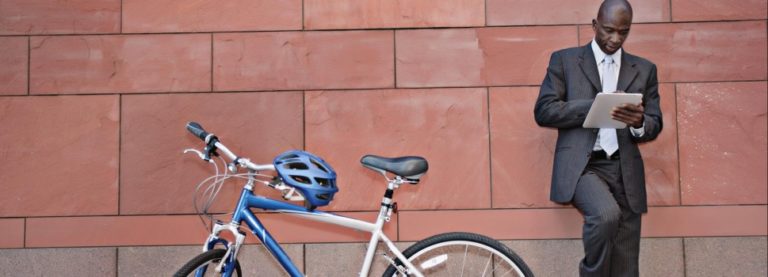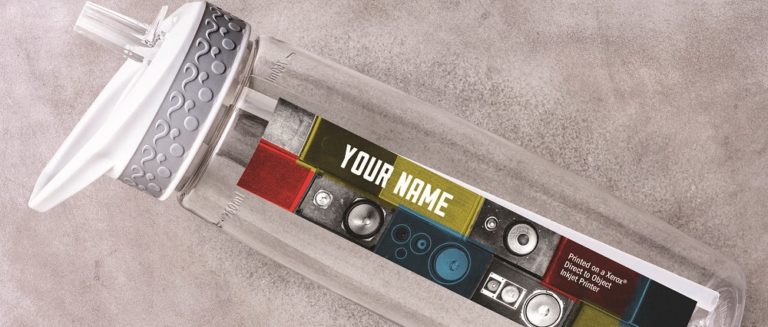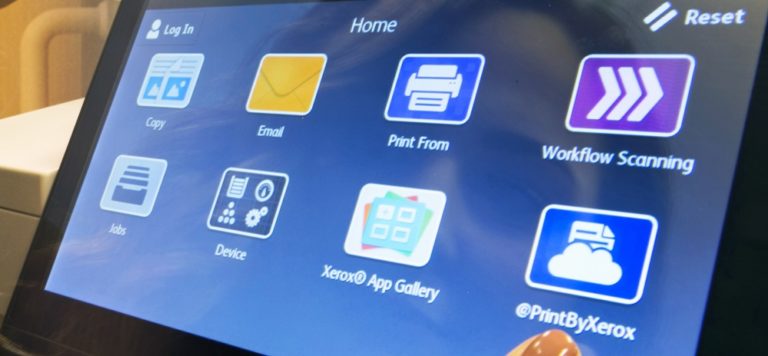By Riyad Twahir

Show me value, save me time, and be there to help me when I need it. If retailers satisfy these three customer requirements, then 2015 will be a good year.
We have learned many technology lessons from serving customers via the omnichannel and social presence, however retailers must remember some important in-store lessons too. Here are just a few:
Robots Can Help, but Not in the Way You Think
What customers see of your retail workforce are your people – greeting them when they walk in, consulting on buying decisions, helping navigate the store, or cashiers checking-out their purchases.
These employees are critical to a positive shopping experience. But the other element of a positive shopping experience is that the store has what customers want, when they want it. Those same greeters and consulters also spend a lot of their time counting, checking, re-checking and re-stocking inventory. The ability to quickly determine what is actually in the store and available is mission critical for retailers, but the process is labor intensive and prone to inaccuracies between inventory and on-shelf storage.
Enter robotic automation. Retailers are discovering that if they can automate the collection of information throughout the store, they get a full picture of what’s working and what’s not. This information empowers their people to act on that data faster and more creatively to improve the shopping experience and boost sales.
A robot can recognize products and labels, pinpoint the aisle and shelf where the products are located, count shelf stock, ensure merchandising compliance, and generate dashboards with time-stamped to-do lists. It can also collect important data that the sales people can act on – which items people pick up and compare, how people move through the store, and more. This video shows you how it works.
Reflect Local Preferences and Products
Large retailers are adjusting their offerings to cater to local customer needs. This move boosts loyalty and keep shoppers from going to multiple stores. And while this lesson is about saving time and showing value, it manifests into major changes in the way a retailer acquires local products and designs the store. This affects both technology and people.
ARVE Error: need id and providerThe typical small vendor does not have a high-end digital system that supports processes that deliver, check, approve, invoice and re-stock product inventory. The challenge for big box retailers is that all of these processes must be done manually, which makes them more costly and time-intensive for employees. Retailers need to find extended ways of ingesting this manual work.
Once stores are localized, products will likely be located in different areas of each store. This presents a challenge for the head office team that plans, audits, enforces and tracks how each store is laid out. Video analytics and data analytics create unique store profiles from footprint and fixture points of view. These profiles indicate which merchandise is where – so it can be tracked and measured.
This automated solution does much more than count products on your shelves; it provides actionable insights (and punch lists) that will help your people fulfill your big 3 customer requirements, close out a good 2015, and get a strong start on 2016.
Subscribe to this blog and receive email updates when we publish a new article.



